- US Toll-Free:+1-888-671-5387
- International:+1-646-820-5387
- UK Toll-Free:+44-808-189-0324
- US Toll-Free:+1-888-671-5387
- International:+1-646-820-5387
- UK Toll-Free:+44-808-189-0324
- US Toll Free: +1-888-671-5387
- International: +1-646-820-5387
- UK Toll Free: +44-808-189-0324
PART 91 VS. PART 135 CHARTERS – The Federal Aviation Administration (FAA) is responsible for the safe flying of all aircraft in the US. Their rules are spelled out in great detail in Federal Aviation Regulations (FARs). These regulations were created to promote aviation safety and protect passengers and the general public from unnecessary risk.

These rules are broken down into segments or “Parts”, each focused on different aviation topics. Parts 1–200 relate to non-military flying. They cover a wide range of subjects, from standard airline travel and jet aircraft design to rules concerning hot air balloons, drones – even model rockets! The two sections referenced most often in the jet charter industry are Part 91 and Part 135.
(Part #s don’t have any added significance beyond identifying their placement in the rulebook, similar to page/ chapter numbers.)
FAR Part 91 are the basic rules that govern all general aviation in the United States. These standards specify all the requirements in an airplane and those individuals who operate and maintain it. Most corporate flight departments and every non-professional pilot flies under these regulations.
Size doesn’t matter here, everything from the smallest Cessna to a Boeing 777 must comply with these rules. In this way, Part 91 can be viewed as the minimum acceptable standards that any civilian flying in the US must adhere to.
The FAA also recognized that paying customers have the right to expect higher standards than the ones applied to general aviation enthusiasts, providing their own transportation. For this reason, FAR Part 135 was developed to regulate jet charter pilots and flights. (Major airlines and their scheduled flight services fall under a different section, Part 122).
The difference in requirements for aircraft operating according to Part 91 vs. 135 are significant. Licensed charters flying under Part 135 have to comply with strict maintenance programs and keep much more detailed records. Their pilots must undergo advanced training. Other differences include drug testing, more extensive safety checks, and mandatory rest periods for pilots.
CHARTER BROKERS AND OPERATORS MUST FOLLOW PART 135 RULES – If the rules for air charter flights are so clear, why would brokers and jet operators fly illegally?
As it so often does, it boils down to one thing – money. Following the much higher standards required by the Part 135 rules is simply more expensive than the lenient Part 91 standards. For unethical operators or brokers looking to cut costs, the easiest way to do so is ignore FAA rules and fly illegally.
But this puts jet charter consumers at a serious disadvantage, and they often don’t even realize it!
Unlicensed carriers are not checked by regulators, so the minimum standards for pilot experience and training as outlined in Part 135 are lacking. Maintenance records and flight logs aren’t checked either, which means the mechanical condition of the aircraft is in question.Since these operators are flying illegally, it’s also impossible to obtain the proper liability insurance needed to cover their clients in the event of an emergency.
But brokers willing to sacrifice your safety and security for a quick buck don’t care about building a long-term business… or establishing and protecting a reputation. And since the average consumer doesn’t know or understand the differences between these FAA regulations, and the penalties for being caught are relatively minor (usually just a citation), illegal flights continue.
Unfortunately, this allows unscrupulous brokers to compete as “equals” with highly regulated and licensed charters – and the flying public often doesn’t know the difference.
PROTECTING YOURSELF – First off, if a price seems way too good to be true – it probably is! In these situations, you could be flying on an illegal charter. Next, you can request a copy of the aircraft operator’s Part 135 certification or their insurance certificate if you have concerns.
By far the easiest way to ensure every flight you take is legal is working with a reputable private jet charter broker you can trust. We’ve been in business since 2011, and our team has decades of combined experience in the jet charter industry.
If you’d like to learn more and get flight pricing, let us know a bit about your upcoming travel itinerary using our easy Quote Form, or give us a call at 888-671-5387 24 hours a day, 7 days a week. We look forward to showing you the Priority One Jets difference when it’s time to book your next flight!
Priority One Jets – Take Flight


